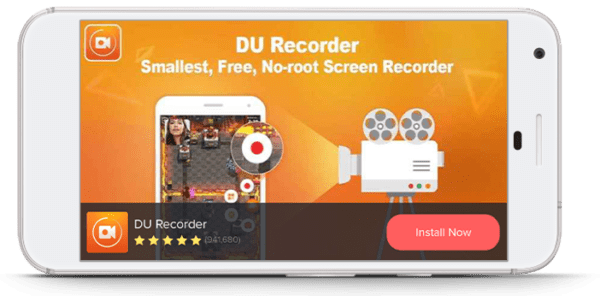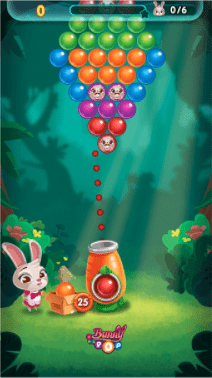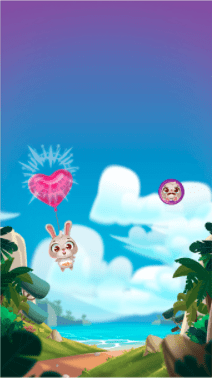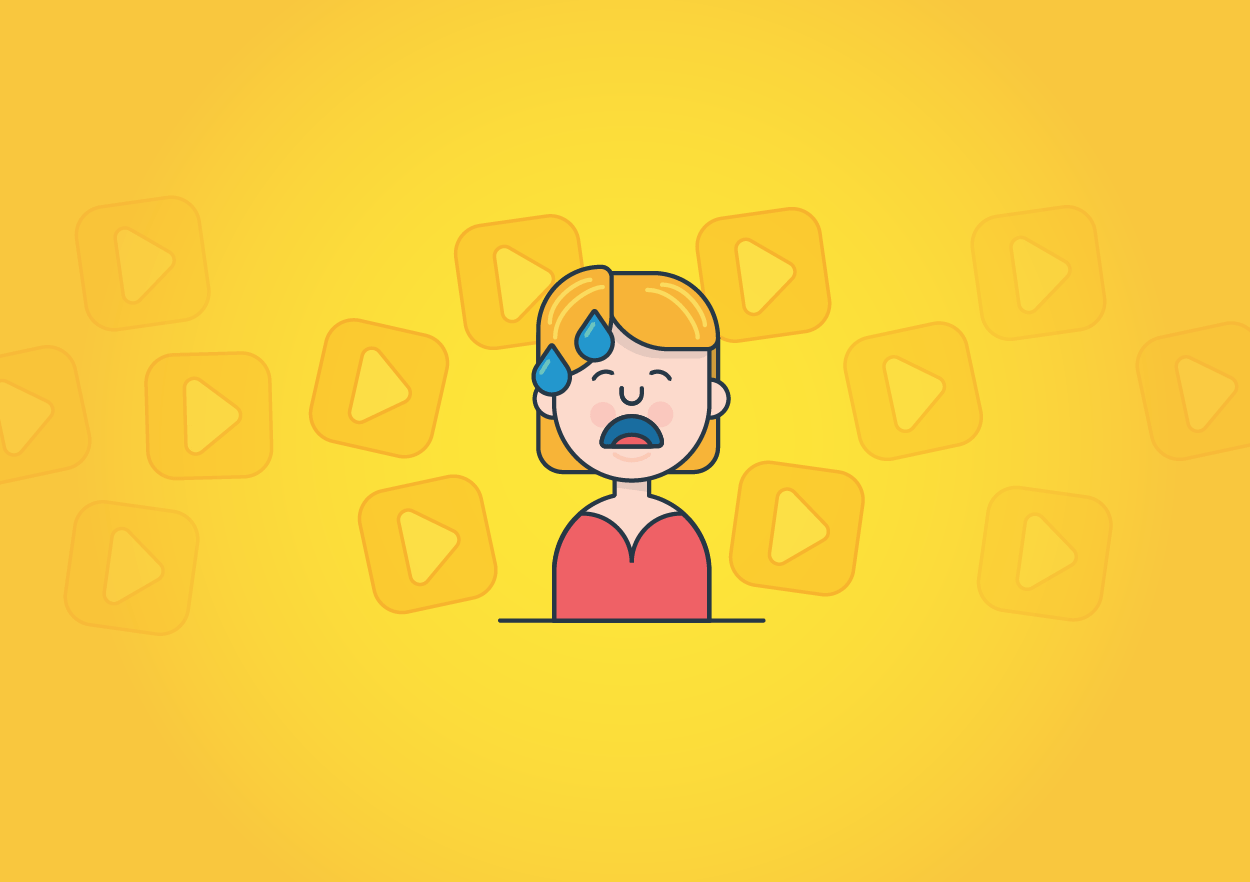We’ve all experienced it — that eye-roll when we see the same tired ad for the umpteenth time; that sigh of frustration as we sit through an uninspired video we’ve unfortunately come to memorize. Eventually our growing resentment evolves from just the ad, but to the entire brand serving us the same video ad nauseum.
As you read this, millions of mobile users around the world are plagued with ad fatigue, the state in which targeted users have been shown the same ad so often that they become numb to it, or worse, annoyed. Rather than dumping money into the same oversaturated campaigns, advertisers can combat ad fatigue by serving interactive ad experiences that encourage audiences to willingly participate with you. Leveraging dynamic mobile interactions extends the shelf life of a campaign’s effectiveness. With creatives that continue to perform week over week, you can allocate more resources to buying premium traffic and optimizing UA campaigns.
So how exactly do you keep your users from becoming desensitized to ads? Ad rotation and variation are important, but the ultimate vaccine against ad fatigue is interactivity. Let’s look at some of the best approaches.
Choose your ad formats wisely
What’s good for the goose is not necessarily good for the gander. Overall user acquisition (UA) campaign objectives, your target market, and level of engagement from your existing cohorts all dictate whether you should launch active or passive creatives.

Passive creatives:
- Usually video, static interstitials, or GIFs
- Perform well with more complex games that have higher learning curves
- See higher IPM with video creatives that are more descriptive and explicitly outline the game’s mechanics or story
- Are easier to produce, relatively cheaper, and a solid way to begin a quick UA campaign
Active creatives:
- Are usually playables (mini-games), interactive videos, or videos with interactive or playable end cards
- Are based on HTML5 and require more resources and longer development time
- Excel at player engagement because they don’t feel like ads at all
- Are the least susceptible to ad fatigue
- Might end up frustrating instead of captivating users if your game is too complex to be picked up and played intuitively
Keep an eye on frequency
Frequency is the average number of times people saw your campaign’s advertisement. Frequency on Chartboost is low compared to other networks, ensuring minimal fatigue. Remember, interactive ads experience less ad fatigue at the same frequency as passive ads.
Always A/B test different creatives
Ad rotation is pointless without A/B testing to analyze the performance and impact of each variation of your creatives. Here are some of the the best creative elements to test when deciding which ads you want to rotate in a campaign:
- Ad type — cinematic ads vs. playable ads
- Point-of-view — character vs. user as character
- Feature highlight — feature 1 vs. feature 2
- Narrative or hints — text vs. no text
- Ad length — 15 second vs. 30 second



After the first iteration, changes can become more granular to tweak performance (e.g., different CTA buttons, end cards, swapping out characters).The minimum runtime of a campaign should be at least seven days to reach a healthy mix of users; keep in mind that traffic usually spikes on weekends. This should give you enough data to determine which creative variations are your winners.
We’ve said it before and we’ll say it again: interactive ads rule. Their longer shelf life and higher engagement rates can save marketers some serious money in the long run, but these creative formats also challenge the user to step completely into your brand’s realm and explore. Immersion is the key to breaking the stupor of ad fatigue, and marketers should strive to create the most immersive ad experiences to attract new users.



